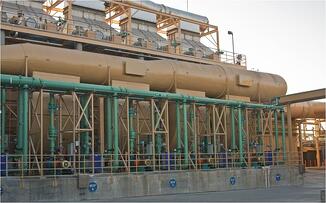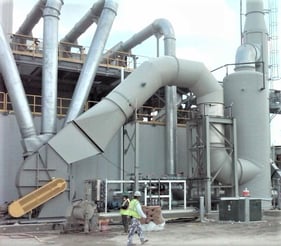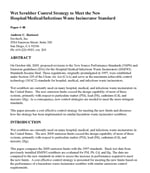Secondary Lead Smelters
Secondary lead production involves the collection and purification of lead bearing scrap material for reuse. The primary source of scrap material is lead acid batteries. The lead is separated from the battery casings in a battery breaking process. The lead is then smelted in furnaces which can include blast, reverberatory (reverb), rotary, or electric arc furnaces. The smelted lead is then further refined into a finished lead product for commercial use.
The lead that is separated in the battery breaking process contains residual sulfuric acid which converts to sulfur dioxide (SO2) in the smelting process. Envitech packed bed absorbers remove the SO2 from the smelter off-gas. The off-gas also contains particulate and a wide range of heavy metals including lead, arsenic, and nickel. Most of the particulate and heavy metals are removed from the smelting process by a baghouse. Envitech’s wet electrostatic precipitator (WESP) removes residual concentrations of heavy metals which are not collected by the baghouse. The Envitech WESP performance has resulted in the lowest lead emitting plants in the world.
The battery breaking process is another source of particulate in secondary lead plants. Venturi scrubbers are used to capture and remove particulate from the battery breaker exhaust.
NESHAP MACT Standard:
Exhaust Sources:
- Blast Furnace
- Reverb Furnace
- Electric Arc Furnace
- Rotary Furnaces
- Battery Breakers
Pollutants:
- Acid gas: SO2
- Particulate
- Sub-micron aerosol
- Heavy metals: Lead (Pb), Arsenic (As), and Nickel (Ni)
Equipment:





